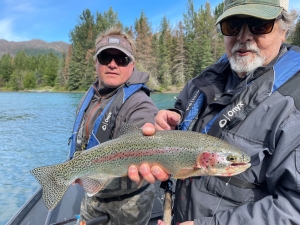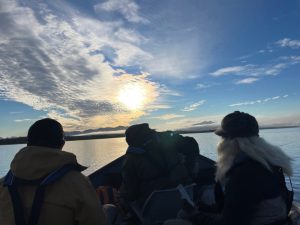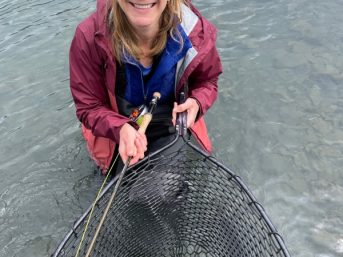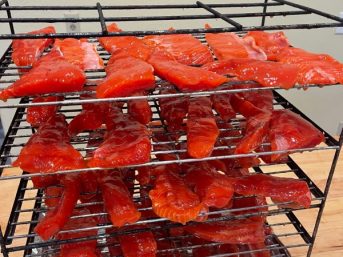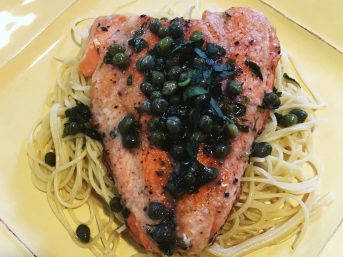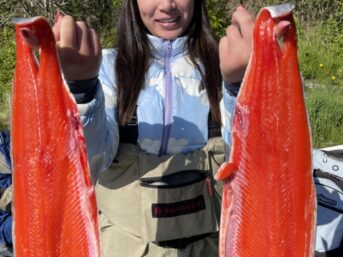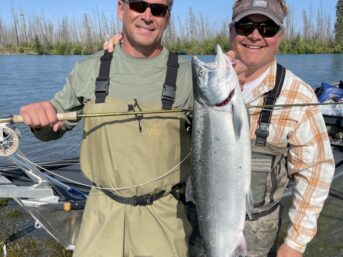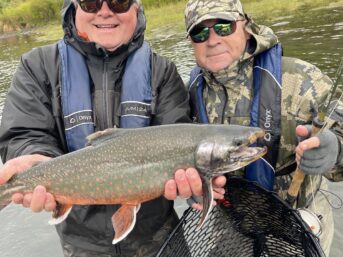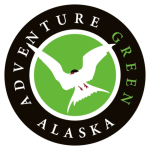Is there a toilet in the boat? Will flip-flops work on my feet? Are those albino eagles?
These are not common questions, but I get them on occasion. And there is really no question that doesn’t warrant an answer. Because there is nothing scarier than the unknown. Having all the answers mean you have all the solutions to anything that can arise during your trip and this means smooth sailing, or in our case, is a smooth drift.
One key question is, “How long have you been guiding?” Now I agree that experience is a major benefit, and I’ve been on the rivers in Alaska for 30 years, but there are some old, cranky, burnt-out and impatient guides out there that have a lot of experience but little tolerance and even-temperedness anymore. So, experience is only as good as the personality and passion of the guide.
On the other hand, Through experience I realize there are some phenomenal young guides on the Kenai River. I have them working for me. I firmly believe that a well-trained young guide with a high level of motivation to treat their anglers with the best trip possible.
Young guides are inspired to produce by many differing emotions. The quest to be the best on the water can be driven by their fear of failure, their desire for prestige among their peers and elders, and their determination to prove they can get the job done.
The only way to ensure a young guide is capable of becoming an all-star and providing anglers with the experience they deserve is through a rigorous training program. My guides all start training well before the season begins beginning with boat safety, and ending with customer satisfaction.
I get asked a lot, “Are there restrooms on the river?” The Kenai River has restrooms at the boat launches, but that’s it. If you have to answer nature’s call while we’re drifting I can easily pull the boat over to the shoreline.
How do I get my fish home? That’s one that everyone loves to hear my answer. Because, I fillet your salmon right on the river. I will recommend the best processor in Cooper Landing where you can have them vacuum packed, paying by the pound. Your fillets can either be taken on the plane as luggage in a cooler or freezer box you purchase from the fish processor, or you can ship the fish by FedEx. Most all fish processors can store your fish and will arrange the FedEx shipment.
How do I get a fishing license? The easiest way is get it online at ADFG.com. You DO NOT need a king salmon stamp when you fish with Jason’a Guide Service. You can also purchase a license at any sporting goods store in Anchorage when you arrive. Even some grocery stores will sell you a license in Alaska. Just check at the Customer Service desk.
How much do I tip my guide? Millions in stock. Cryptocurrency works well too. All kidding aside. There is an industry standard. This is ten to twenty percent. Many tips are directly related to the amount and size of fish that were caught. While this makes sense to many, what people don’t realize is when the fishing is good, it’s really easy to be a great guide. When the fishing is tough, and it can be in a fair-chase environment where the resource gets a lot of pressure, a great guide will dig deeper and work harder to put a fish in the net.
When you log 150 days on the water a year you realize that only a small percentage are truly phenomenal. With that in mind you can grasp that a great guide is there to provide you the best experience based solely on the conditions that are present when you are on the water. The best guides will use every resource at their disposal to guarantee your trip was a complete success.
With that in mind, tip according to the overall experience.
Oh, and how about those albino river eagles? In states where you see real eagles you’ll know immediately that those are just big sea gulls.

